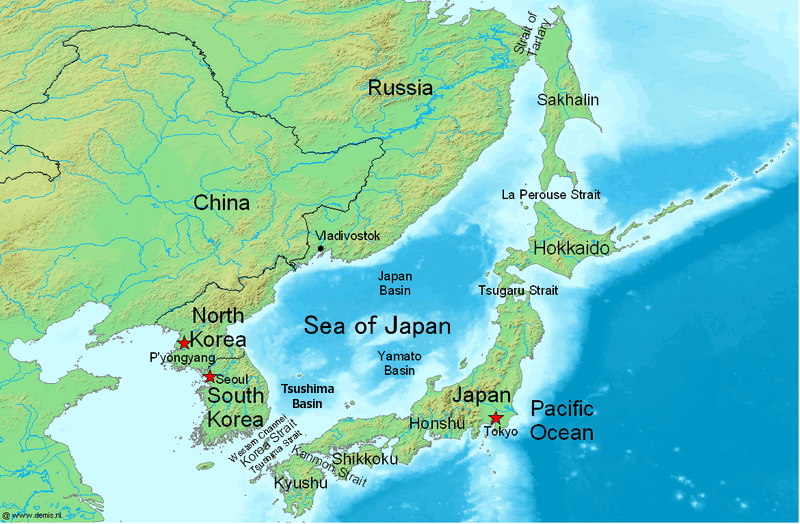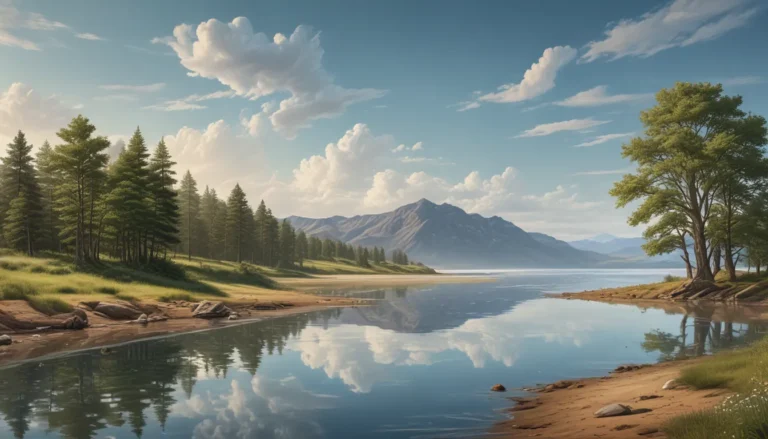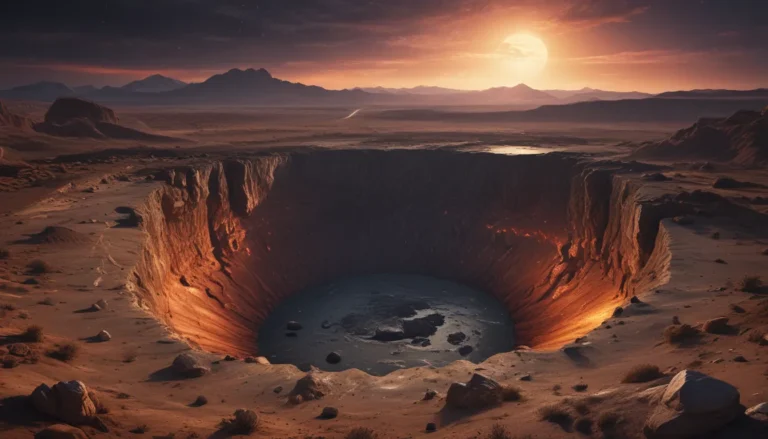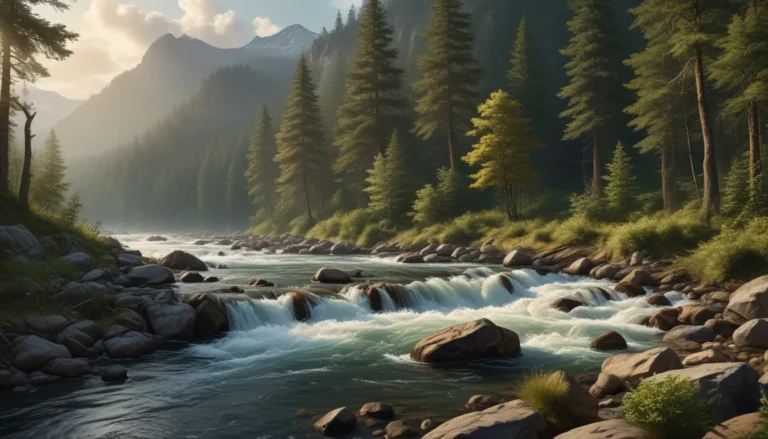The pictures we use in our articles might not show exactly what the words say. We choose these pictures to make you interested in reading more. The pictures work together with the words but don’t take their place. The words still tell you the important facts.
The Sea of Japan, also known as the East Sea, is a captivating body of water nestled between the Asian continent and the Japanese archipelago. This vast expanse of blue has been a witness to history, a cradle of biodiversity, and a source of wonder for centuries. Join us as we dive into 15 fascinating facts about the Sea of Japan that will leave you amazed and eager to learn more.
1. A Sea of Many Names
The Sea of Japan is known by different names in the countries that surround it. In Japan, it's called "Nihon Kai" (日本海), while South Korea refers to it as "Donghae" (동해), meaning "East Sea." North Korea uses the term "Chosŏn Tonghae" (조선동해), which translates to "Korean East Sea." This diversity in naming reflects the rich cultural tapestry of the region and the sea's significance to various nations.
2. An Enclosed Aquatic Wonder
One of the most intriguing aspects of the Sea of Japan is its semi-enclosed nature. It's connected to other bodies of water through five narrow straits:
- The Strait of Tartary between the Asian mainland and Sakhalin
- La Pérouse Strait between Sakhalin and Hokkaidō
- The Tsugaru Strait between Hokkaidō and Honshū
- The Kanmon Straits between Honshū and Kyūshū
- The Korea Strait between the Korean Peninsula and Kyūshū
This unique geography has a profound impact on the sea's ecosystem and climate.
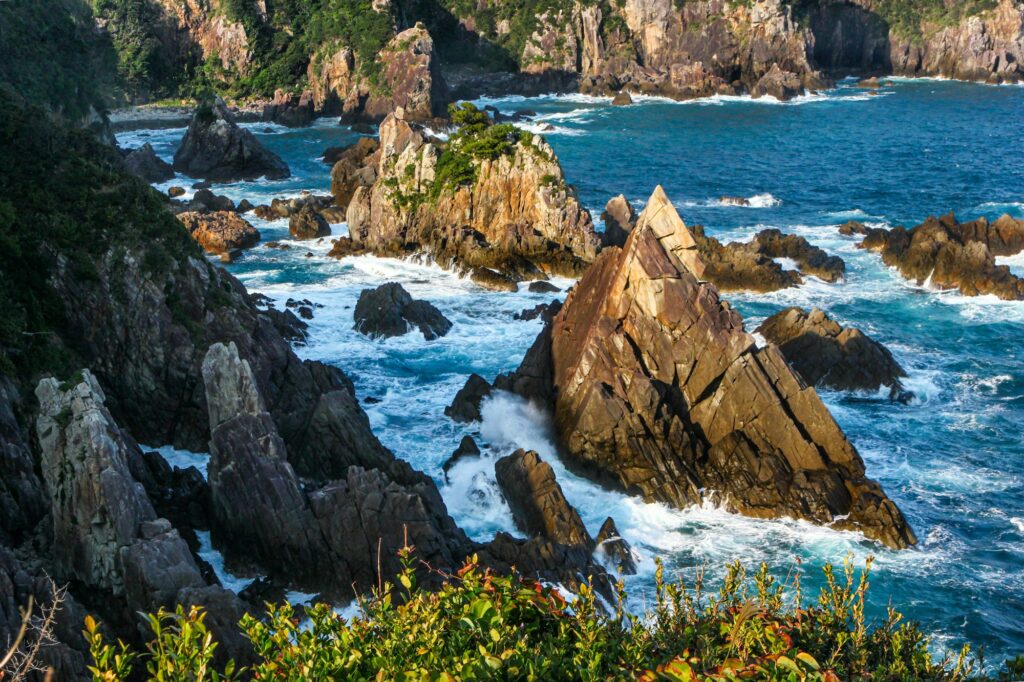
3. A Vast Expanse of Blue
The Sea of Japan covers an impressive area of about 1,050,000 square kilometers (405,000 square miles). To put this into perspective, it's roughly three times the size of Germany! This vast expanse provides a home to a diverse array of marine life and offers countless opportunities for exploration and study.
4. Plunging into the Depths
While the average depth of the Sea of Japan is around 1,752 meters (5,748 feet), its deepest point reaches an astonishing 4,568 meters (14,987 feet). This extreme depth contributes to the sea's unique ecosystem and ocean currents, making it a fascinating subject for oceanographers and marine biologists.
5. A Sea of Three Basins
The Sea of Japan is divided into three major basins:
- The Yamato Basin in the southeast
- The Japan Basin in the north
- The Tsushima Basin (also known as Ulleung Basin) in the southwest
Each basin has its own distinct characteristics, contributing to the sea's overall complexity and diversity.
6. A Climatic Contradiction
The Sea of Japan experiences a unique climate due to its semi-enclosed nature and the influence of monsoon winds. In winter, cold, dry air from Siberia picks up moisture from the sea, causing heavy snowfall on the western coasts of Japan. In summer, warm, moist air from the Pacific brings rain to the region. This climatic pattern has shaped the culture and lifestyle of people living along its shores for centuries.
7. Home to Rich Marine Biodiversity
The Sea of Japan is a treasure trove of marine life, hosting over 3,500 animal species. This includes more than 900 species of crustaceans, about 1,000 species of fish, and 26 species of mammals. From the playful sea lions to the majestic whales, the sea's waters are teeming with life, making it a paradise for marine enthusiasts and researchers alike.
8. A Historical Crossroads
Throughout history, the Sea of Japan has played a crucial role in the region's development. It has been a vital route for trade, cultural exchange, and unfortunately, conflicts. From ancient times to modern day, the sea has witnessed the rise and fall of empires, the exchange of ideas, and the forging of international relations.
9. The Curious Case of Tides
The Sea of Japan exhibits complex tidal patterns due to its semi-enclosed nature and the influence of the Pacific Ocean's tidal waves. These tides vary significantly across the sea:
- Semi-diurnal (twice daily) tides in the Korea Strait and northern Strait of Tartary
- Diurnal (once daily) tides along the eastern shore of Korea, Russian Far East, and Japanese islands of Honshū and Hokkaidō
- Mixed tides in Peter the Great Gulf and Korea Strait
This variety in tidal patterns adds to the sea's mystique and ecological complexity.
10. A Palette of Blue and Green
The waters of the Sea of Japan are renowned for their beautiful blue to green-blue color. This distinctive hue is due to the sea's depth, clarity, and the presence of certain minerals and microorganisms. The sea's transparency can reach up to 10 meters (33 feet), allowing sunlight to penetrate deep into its waters and create a mesmerizing underwater world.
11. The Warmth Beneath the Waves
Despite its northern location, the Sea of Japan maintains relatively warm temperatures due to the influence of the Tsushima Warm Current. This current brings warm water from the south, moderating the sea's temperature and supporting a diverse ecosystem. In summer, surface temperatures can reach a pleasant 25-27°C (77-81°F) in the southern parts of the sea.
12. Islands of Intrigue
While the Sea of Japan doesn't have many large islands, it is dotted with several smaller ones that hold their own fascination. Some notable islands include:
- Moneron Island (Russia)
- Ulleungdo (South Korea)
- Okinoshima (Japan)
- Rishiri and Rebun islands (Japan)
Each of these islands has its own unique ecology, history, and cultural significance, adding to the sea's overall allure.
13. A Fisherman’s Paradise
The Sea of Japan has long been a vital source of sustenance for the people living along its shores. Its waters are rich in commercially important fish species such as:
- Herring
- Sardines
- Bluefin tuna
- Squid
- Salmon
However, it's important to note that some species have been depleted since World War II, highlighting the need for sustainable fishing practices.
14. Mysteries Beneath the Surface
The sea floor of the Sea of Japan holds many geological wonders and mysteries. It features underwater ridges, plateaus, and deep trenches. One particularly intriguing feature is the presence of gas hydrates on the sea floor. These ice-like substances contain trapped methane and could potentially be a future energy source, though their extraction poses significant environmental challenges.
15. A Sea of Cultural Significance
The Sea of Japan has deeply influenced the cultures of the nations surrounding it. It has inspired art, literature, and folklore for centuries. One such example is the legend of the Heishi rock, which tells of an old fairy who threw a magic bottle into the sea to bring back vanished herring. The bottle supposedly turned into a rock, becoming a representation of the God of the Sea of Japan. Such legends highlight the deep connection between the sea and the people who live along its shores.
FAQs About the Sea of Japan
Why is the Sea of Japan important?
The Sea of Japan is crucial for its rich biodiversity, fishing industry, transportation routes, and cultural significance to surrounding nations.
Is the Sea of Japan saltwater or freshwater?
The Sea of Japan is saltwater, with an average salinity of 34.09‰ (parts per thousand), slightly lower than the Pacific Ocean.
What countries border the Sea of Japan?
Russia, North Korea, South Korea, and Japan all have coastlines on the Sea of Japan.
Are there any environmental concerns regarding the Sea of Japan?
Yes, overfishing, pollution, and climate change are significant concerns affecting the Sea of Japan's ecosystem.
Can you swim in the Sea of Japan?
Yes, many coastal areas of the Sea of Japan are suitable for swimming, especially during the summer months when water temperatures are warmer
In conclusion, the Sea of Japan is a marvel of nature, teeming with life, history, and mystery. From its unique geography to its rich biodiversity, from its climatic influence to its cultural significance, this body of water continues to captivate and inspire. As we uncover more about its hidden wonders, we're reminded of the importance of preserving and protecting this invaluable natural treasure for future generations to explore and enjoy.
Whether you're a marine enthusiast, a history buff, or simply someone who appreciates the wonders of nature, the Sea of Japan offers a wealth of fascinating facts and experiences. So why not dive deeper into its mysteries? You never know what amazing discoveries await in the enchanting waters of the Sea of Japan!
